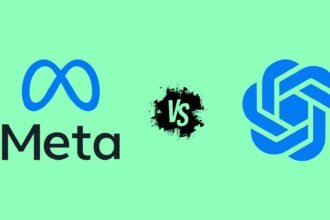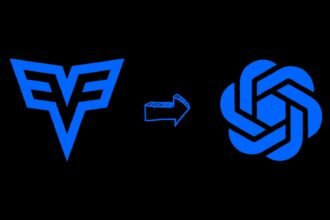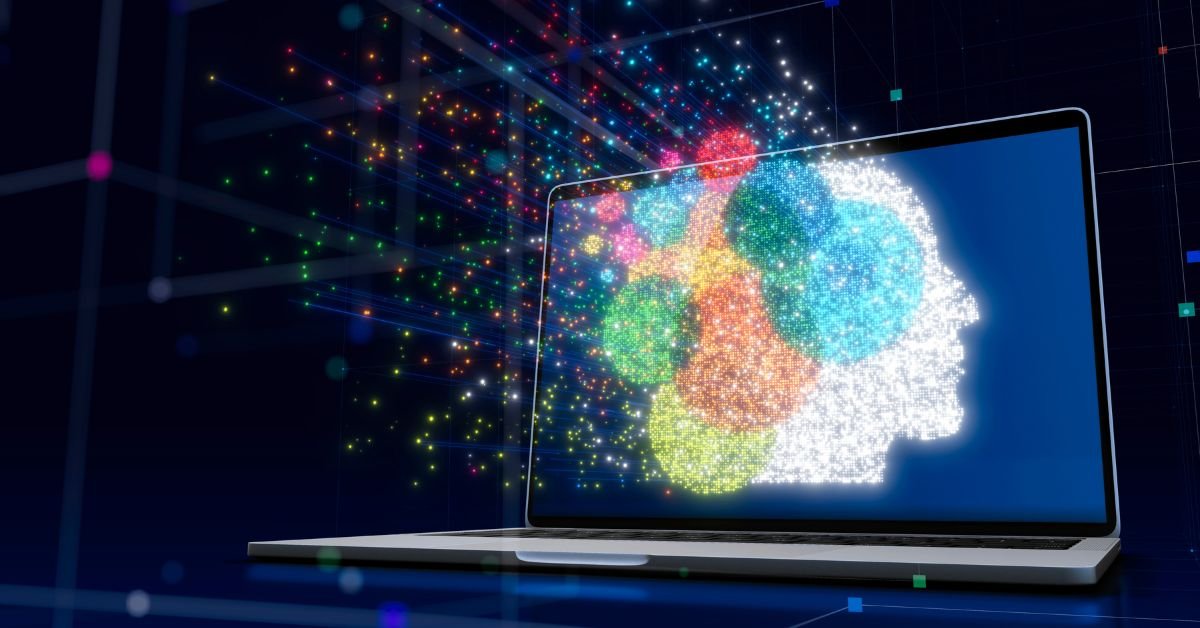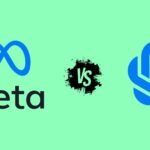The field of artificial intelligence (AI) has seen rapid advancements in recent years, especially in the domain of generative image models.
AI systems can now create photorealistic images from text prompts. However, a key limitation of existing models like DALL-E and Stable Diffusion is their restricted image resolution.
But that’s set to change with the release of DemoFusion SDXL – an open-source AI model that can generate ultra-high-resolution images up to 256 megapixels.
What is DemoFusion SDXL
DemoFusion SDXL represents a significant leap forward, empowering creators, photographers, and professionals with its unprecedented image resolution capabilities.
Built on Stability AI’s Stable Diffusion model, DemoFusion uses cutting-edge techniques like progressive growing, noise inversion, and dilated sampling to produce crisp, coherent images at up to 16K resolution.
Below, we will see how DemoFusion works, its applications, performance metrics, and how it compares with other generative AI models.
How DemoFusion SDXL Generates High-Resolution Images
At its core, DemoFusion utilizes Stable Diffusion, anLatent Diffusion Model (LDM) that creates images through noise reduction. It builds on top of the 1K resolution SDXL 1.0 model.
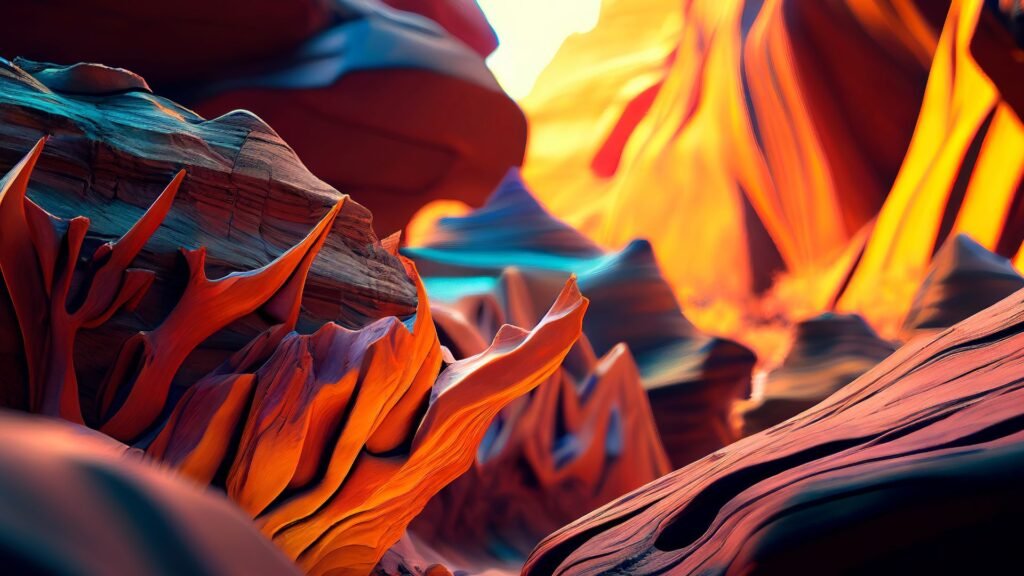
Here are some of the key techniques used by DemoFusion to enhance image resolutions:
- Progressive Growing – Starting from a low-resolution base image, DemoFusion progressively adds details to “grow” the image to higher resolutions in a coherent manner.
- Skip Convolutions – Special convolutional operations help propagate information across large distances in higher resolutions.
- Dilated Sampling – This technique samples pixels sparsely from the base image to minimize artifacts and improve coherent image growth.
- Noise Inversion – Each stage re-introduces controlled noise to enhance fine details. The model then iteratively reduces this noise.
By combining these advanced methods, DemoFusion can generate crisp 16K images with smooth color transitions and global coherence.
Applications of High-Resolution DemoFusion Images
The ultra-high resolution capacity unlocks several new applications for generative AI:
- Digital Art – Artists can create massive prints and fine art with photorealistic clarity.
- Product Photography – Generate high-res photos for e-commerce without expensive equipment.
- Scientific Imaging – Detailed medical and space images for research publications.
- HD Wallpapers – Stunning high-quality desktop and mobile wallpapers.
- Game Assets – Highly detailed textures, 3D elements, and concept art for games.
- Journalism – Creating infographics, diagrams, and other visuals.
Performance and Metrics
In terms of quantitative metrics, DemoFusion SDXL shows significant gains over other AI image models:
- Resolution – Up to 256MP, compared to 1024×1024 for Stable Diffusion v1.
- FID Score – Measures image quality. DemoFusion achieves over 13 FID, beating SD v1 at 7.27 FID.
- CLIP Score – Evaluates coherence with text prompt. DemoFusion reaches 0.704 versus 0.668 for SD v1.
User studies also reveal DemoFusion’s superior image quality, sharpness, and prompt alignment.
Comparison With Other Generative AI Models
While DALL-E 2, MidJourney, and Stable Diffusion v1 represented large leaps in AI art generation, they were still limited to low resolutions unsuitable for printing and product photography.
DemoFusion breaks past this barrier with its progressive growing approach, opening possibilities for new applications in science, 3D, gaming, and more fields.
Being open source, it also provides more transparency and accessibility compared to closed models like DALL-E 2. The code and pre-trained models are publicly available for free use and customization.
FAQs: DemoFusion SDXL Model
-
How does DemoFusion SDXL generate high-resolution images?
It starts with a low-res base and progressively adds details, using skip convolutions and noise inversion to enhance clarity and coherence in the final 16K resolution images.
-
What are some applications of DemoFusion’s high-resolution images?
Applications include digital art, product photography, scientific imaging, HD wallpapers, game assets, and journalism, benefiting from the ultra-high resolution for detailed, photorealistic visuals.
-
How does DemoFusion SDXL perform compared to other AI models?
DemoFusion SDXL offers significantly higher resolution (up to 256MP) and improved image quality metrics like FID and CLIP scores, outperforming models like Stable Diffusion v1.
-
What sets DemoFusion SDXL apart from other generative image models?
Its ability to generate 16K images makes it superior for applications requiring high detail, and being open-source, it offers more transparency and customization than closed models like DALL-E 2.
Conclusion
DemoFusion SDXL represents a new phase in the rapidly evolving landscape of AI image generation.
With its high resolution, creative flexibility, and open accessibility, it promises to become an indispensable tool for diverse industries involving visuals and graphics.
The capacity to produce detailed 16K images unlocks creativity at new scales. As generative models continue to advance, finer control over image properties like resolution will expand the horizons of what’s possible with AI.

